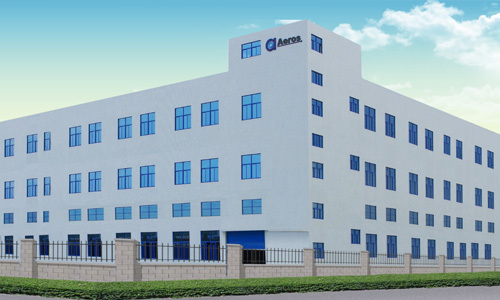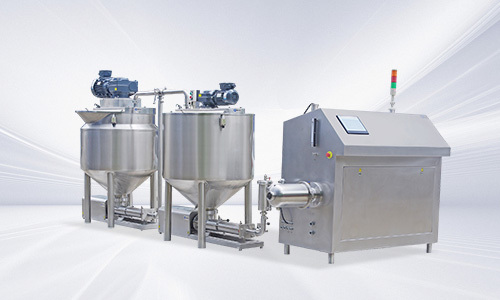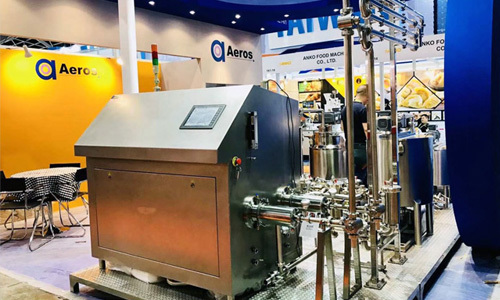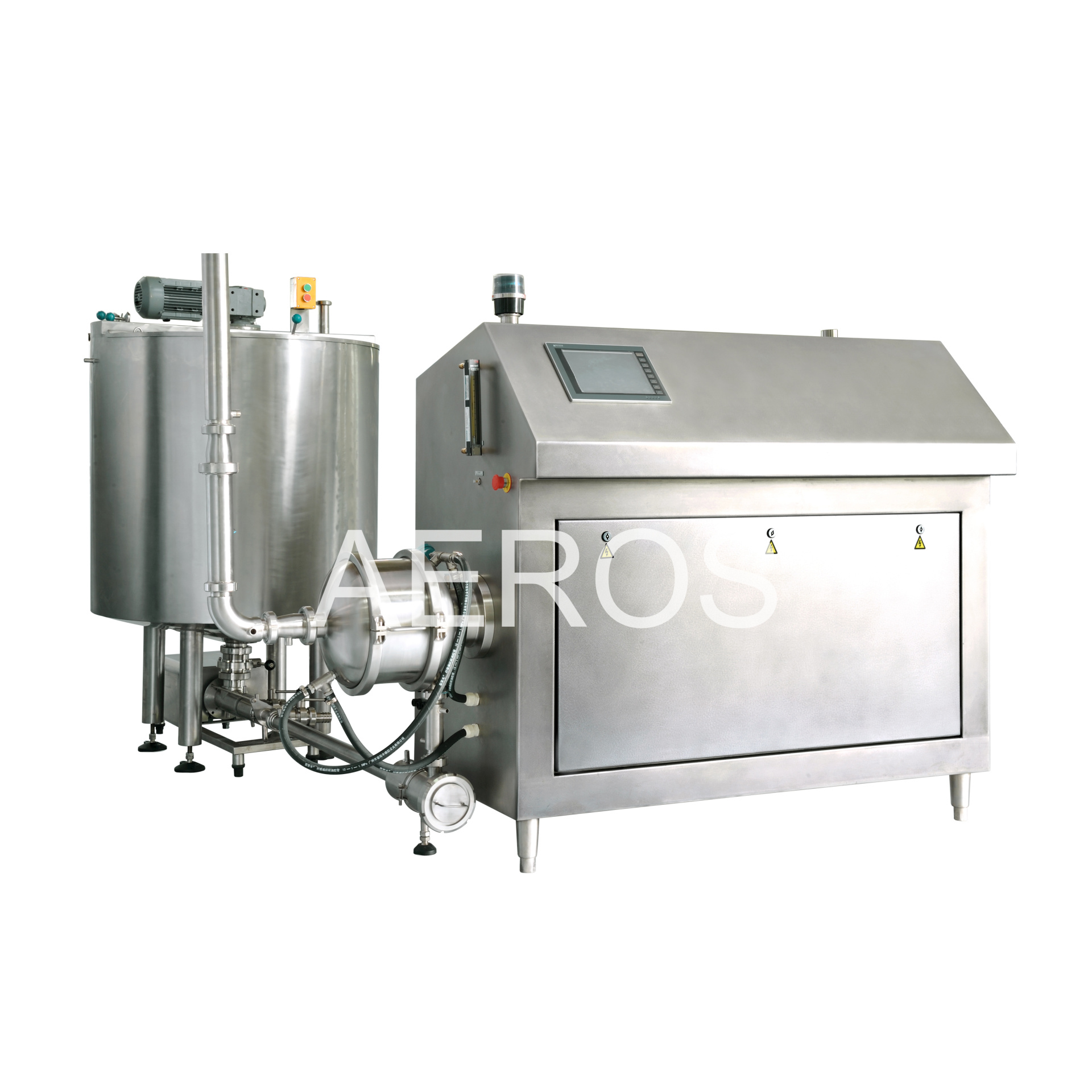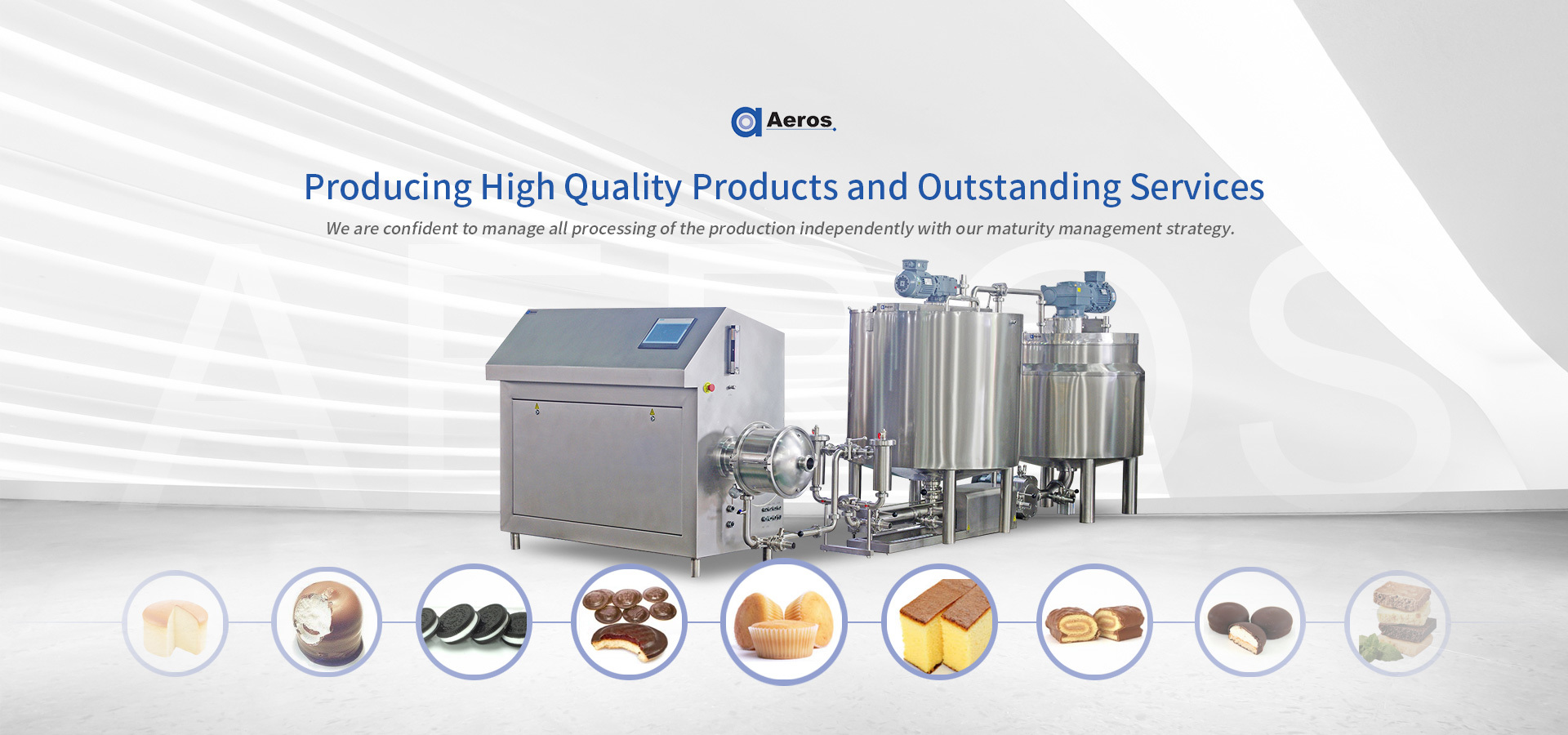Revolutionizing Dairy: The Latest Innovations in Yogurt Production Lines

2025/06/15
In the ever-evolving landscape of food and beverage processing, the newest yogurt production line stands out as a hallmark of technological innovation and efficiency. As consumer preferences shift towards healthier options, yogurt has gained immense popularity due to its probiotic benefits and versatility. This growing demand has propelled manufacturers to enhance their production capabilities, leading to the design and implementation of state-of-the-art yogurt production lines.
At the heart of the newest yogurt production lines is automation, which plays a critical role in streamlining operations. These systems utilize advanced machine learning and control technologies to monitor and optimize the entire production process, from raw ingredient input to final packaging. This not only ensures consistency in product quality but also reduces the risk of human error, ultimately resulting in a safer and more reliable product for consumers.
In addition to automation, the newest yogurt production lines incorporate innovative pasteurization and fermentation techniques. High-temperature short-time (HTST) pasteurization allows for the effective elimination of harmful bacteria while preserving the nutrients inherent in the milk. Furthermore, the fermentation process can be meticulously controlled to maintain the desired flavor profile and texture, catering to diverse consumer tastes. The integration of real-time monitoring systems enables producers to adjust parameters on the fly, ensuring optimal fermentation conditions.
Sustainability is another key focus in the design of the newest yogurt production lines. Manufacturers are increasingly adopting eco-friendly practices, such as utilizing energy-efficient equipment and reducing water consumption. Many lines incorporate systems that recycle heat and water, minimizing waste and environmental impact. By embracing sustainable practices, companies not only contribute to environmental conservation but also appeal to the growing segment of environmentally-conscious consumers.
Moreover, the newest yogurt production lines are designed with flexibility in mind. Producers can easily switch between different yogurt types—such as Greek, low-fat, or flavored varieties—without significant downtime. This adaptability allows manufacturers to respond swiftly to market trends and consumer preferences, enhancing their competitive edge.
In summary, the newest yogurt production lines represent a significant leap forward in food processing technology. With their focus on automation, quality control, sustainability, and flexibility, these advanced systems empower manufacturers to meet the rising demand for yogurt while maintaining high standards of safety and efficiency. As the industry continues to innovate, it is clear that the future of yogurt production is both exciting and promising.
At the heart of the newest yogurt production lines is automation, which plays a critical role in streamlining operations. These systems utilize advanced machine learning and control technologies to monitor and optimize the entire production process, from raw ingredient input to final packaging. This not only ensures consistency in product quality but also reduces the risk of human error, ultimately resulting in a safer and more reliable product for consumers.
In addition to automation, the newest yogurt production lines incorporate innovative pasteurization and fermentation techniques. High-temperature short-time (HTST) pasteurization allows for the effective elimination of harmful bacteria while preserving the nutrients inherent in the milk. Furthermore, the fermentation process can be meticulously controlled to maintain the desired flavor profile and texture, catering to diverse consumer tastes. The integration of real-time monitoring systems enables producers to adjust parameters on the fly, ensuring optimal fermentation conditions.
Sustainability is another key focus in the design of the newest yogurt production lines. Manufacturers are increasingly adopting eco-friendly practices, such as utilizing energy-efficient equipment and reducing water consumption. Many lines incorporate systems that recycle heat and water, minimizing waste and environmental impact. By embracing sustainable practices, companies not only contribute to environmental conservation but also appeal to the growing segment of environmentally-conscious consumers.
Moreover, the newest yogurt production lines are designed with flexibility in mind. Producers can easily switch between different yogurt types—such as Greek, low-fat, or flavored varieties—without significant downtime. This adaptability allows manufacturers to respond swiftly to market trends and consumer preferences, enhancing their competitive edge.
In summary, the newest yogurt production lines represent a significant leap forward in food processing technology. With their focus on automation, quality control, sustainability, and flexibility, these advanced systems empower manufacturers to meet the rising demand for yogurt while maintaining high standards of safety and efficiency. As the industry continues to innovate, it is clear that the future of yogurt production is both exciting and promising.
newest Yogurt production line
Previous Page

